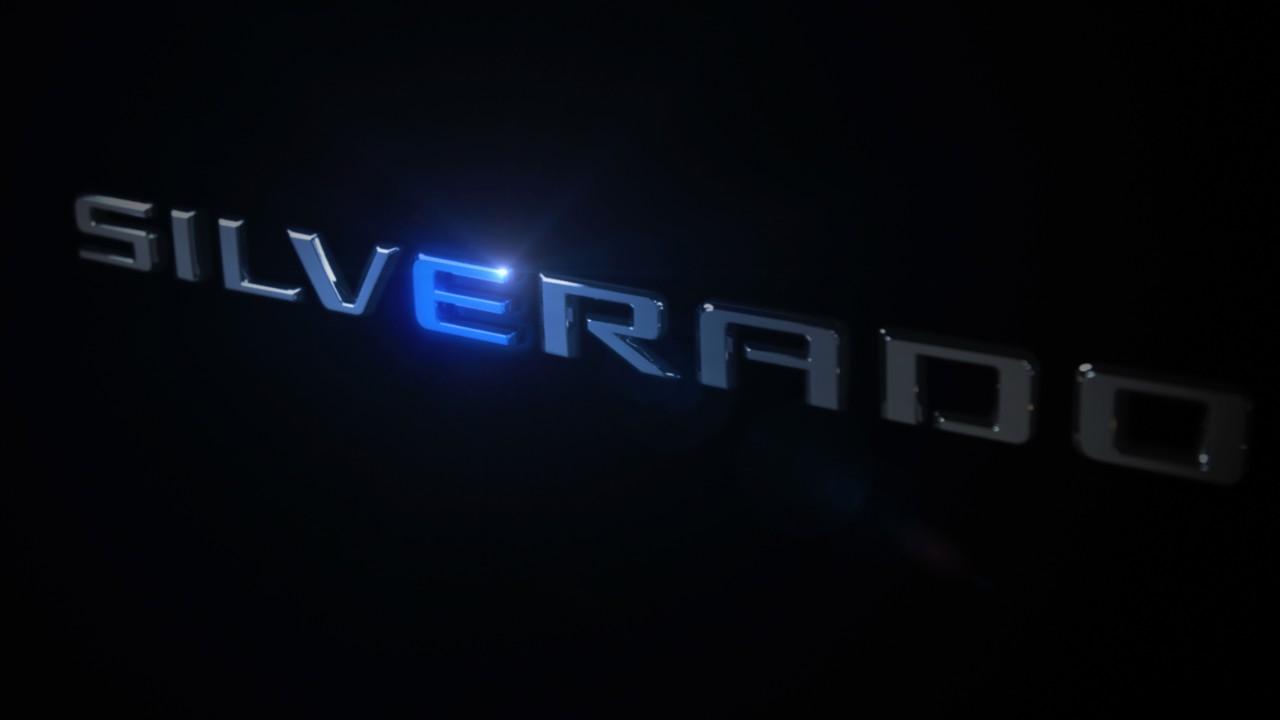
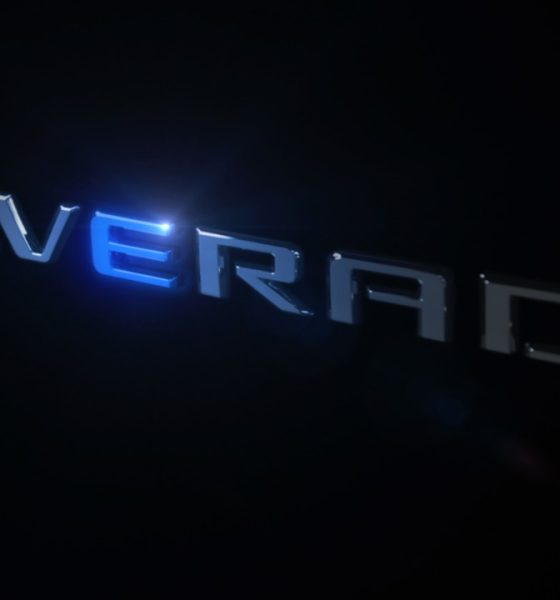
News
GM announces the Chevy Silverado EV: 400 miles of range with Ultium battery tech
General Motors announced earlier today that it will build an all-new EV under its Chevrolet brand by electrifying the Silverado pickup, a highly-dedicated and popular model that has been a top choice of GM truck buyers for years. GM will build the pickup at its Factory ZERO assembly plant in Detroit and Hamtramck, Michigan.
The Chevrolet Silverado EV will be a full-sized pickup designed from the ground up to fit the electric vehicle market. Combining the proven success of the Silverado lineup with GM’s Ultium battery platform will give customers an estimated 400 miles of range on a full charge, GM said during a Tuesday press conference. The introduction of the Silverado EV combines the Chevrolet brand’s 100 years of truck expertise and experience with the company’s commitment to rolling out a lineup of highly effective and popular EVs in a spirited attempt to gain overall market share ownership in the coming years.
Chevrolet confirms the first-ever electric Silverado full-size truck, with a GM-estimated range of more than 400 miles on a full charge, to be built at Factory ZERO, Detroit-Hamtramck Assembly Center. Actual range may vary based on several factors, including temperature, terrain, battery age, loading, and how you use and maintain your vehicle.
GM is planning a large-scale transition to sustainable passenger transportation by delivering at least 1 million EVs globally by 2025. By utilizing its manufacturing efforts and sheer size, GM believes it can overtake Tesla as the most popular EV brand globally, especially through developments made to its in-house battery platform, known as the Ultium Platform.
Expecting to produce the vehicle for both retail and fleet purposes, GM is under the impression that the Silverado EV will be in high demand. To increase its sustainability efforts and align with global climate change reduction strategies, GM will build the Silverado EV at the Factory ZERO facility in Michigan, a plant that was named after the company’s future of zero crashes, zero emissions, and zero congestion.
“The vehicles coming from Factory ZERO will change the world, and how the world views electric vehicles,” GM President Mark Reuss said earlier today. “Chevrolet will take everything Chevy’s loyal truck buyers love about Silverado — and more — and put it into an electric pickup that will delight retail and commercial customers alike.”
Along with the announcement of the Chevy Silverado EV, GM is planning to produce the HUMMER EV SUV at the ZERO plant in 2024, continuing the tradition of GM’s humvee-style passenger truck. “Driven by the Ultium Platform, the new HUMMER EV SUV launches with the exclusive Edition 1, offering greater customer choice to equip the vehicle for optimum efficiency or maximum off-road capability. GMC HUMMER EVs were envisioned to be the most capable and compelling electric supertrucks,” GM said.

News
Tesla gets a win in Sweden as union withdraws potentially “illegal” blockade
As per recent reports, the Vision union’s planned anti-Tesla action might have been illegal.
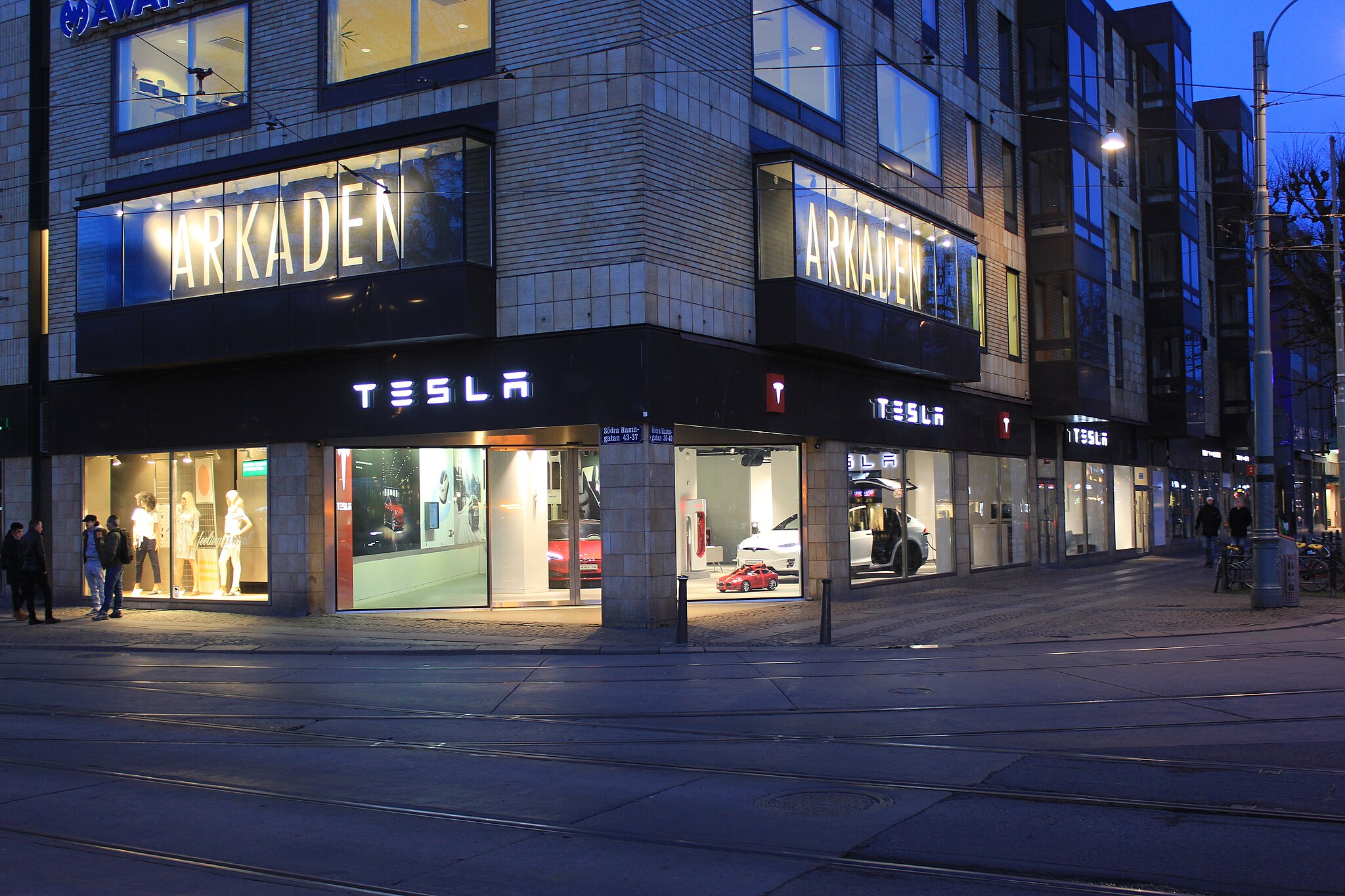
Swedish union Vision has withdrawn its sympathy blockade against Tesla’s planned service center and showroom in Kalmar. As per recent reports, the Vision union’s planned anti-Tesla action might have been illegal.
Vision’s decision to pull the blockade
Vision announced the blockade in early December, stating that it was targeting the administrative handling of Tesla’s facility permits in Kalmar municipality. The sympathy measure was expected to start Monday, but was formally withdrawn via documents sent to the Mediation Institute and Kalmar Municipality last week.
As noted in a Daggers Arbete report, plans for the strike were ultimately pulled after employer group SKR highlighted potential illegality under the Public Employment Act. Vision stressed its continued backing for the Swedish labor model, though Deputy negotiation manager Oskar Pettersson explained that the Vision union and IF Metall made the decision to cancel the planned strike together.
“We will not continue to challenge the regulations,” Petterson said. “The objection was of a technical nature. We made the assessment together with IF Metall that we were not in a position to challenge the legal assessment of whether we could take this particular action against Tesla. Therefore, we chose to revoke the notice itself.”
The SKR’s warning
Petterson also stated that SKR’s technical objection to the Vision union’s planned anti-Tesla strike framed the protest as an unauthorized act. “It was a legal assessment of the situation. Both for us and for IF Metall, it is important to be clear that we stand for the Swedish model. But we should not continue to challenge the regulations and risk getting judgments that lead nowhere in the application of the regulations,” he said.
Vision ultimately canceled its planned blockade against Tesla on December 9. With Vision’s withdrawal, few obstacles remain for Tesla’s long-planned Kalmar site. A foreign electrical firm completed work this fall, and Tesla’s Careers page currently lists a full-time service manager position based there, signaling an imminent opening.
News
Tesla Semi program Director teases major improvements
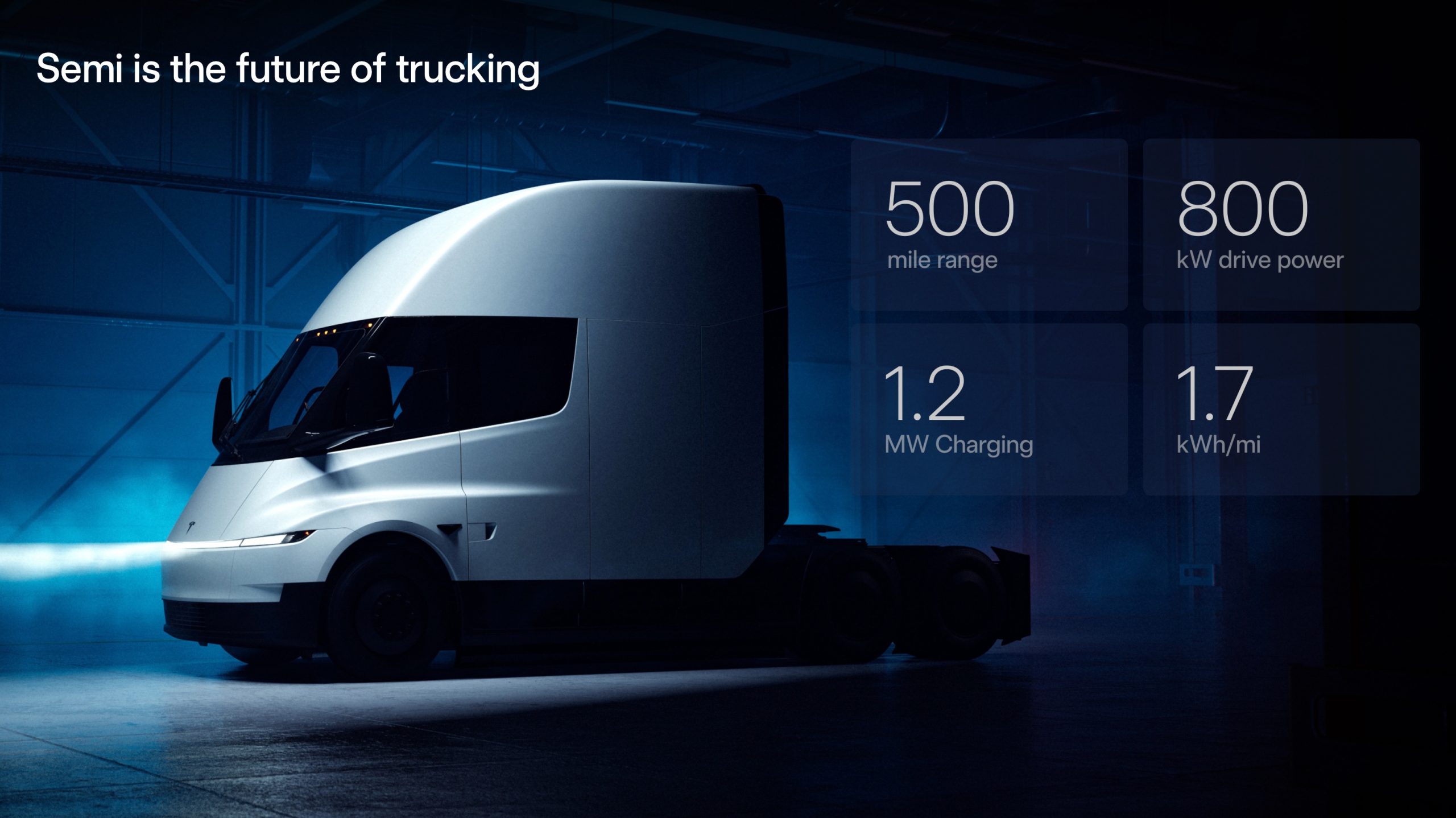
Tesla Semi Program Director Dan Priestly teased the major improvements to the all-electric Class 8 truck on Thursday night, following the company’s decision to overhaul the design earlier this year.
Priestley said he drove the Semi on Thursday, and the improvements appear to be welcomed by one of the minds behind the project. “Our customers are going to love it,” he concluded.
Just drove the redesigned Semi. Our customers are going to love it. https://t.co/KZ88sf1CDL
— Dan Priestley (@danWpriestley) December 19, 2025
The small detail does not seem like much, but it is coming from someone who has been involved in the development of the truck from A to Z. Priestley has been involved in the Semi program since November 2015 and has slowly worked his way through the ranks, and currently stands as the Director of the program.
Tesla Semi undergoes major redesign as dedicated factory preps for deliveries
Tesla made some major changes to the Semi design as it announced at the 2025 Annual Shareholder Meeting that it changed the look and design to welcome improvements in efficiency.
Initially, Tesla adopted the blade-like light bar for the Semi, similar to the one that is present on the Model Y Premium and the Cybertruck.
Additionally, there are some slight aesthetic changes to help with efficiency, including a redesigned bumper with improved aero channels, a smaller wraparound windshield, and a smoother roofline for better aero performance.
All of these changes came as the company’s Semi Factory, which is located on Gigafactory Nevada’s property, was finishing up construction in preparation for initial production phases, as Tesla is planning to ramp up manufacturing next year. CEO Elon Musk has said the Semi has attracted “ridiculous demand.”
The Semi has already gathered many large companies that have signed up to buy units, including Frito-Lay and PepsiCo., which have been helping Tesla test the vehicle in a pilot program to test range, efficiency, and other important metrics that will be a major selling point.
Tesla will be the Semi’s first user, though, and the truck will help solve some of the company’s logistics needs in the coming years.
News
Tesla dominates in the UK with Model Y and Model 3 leading the way
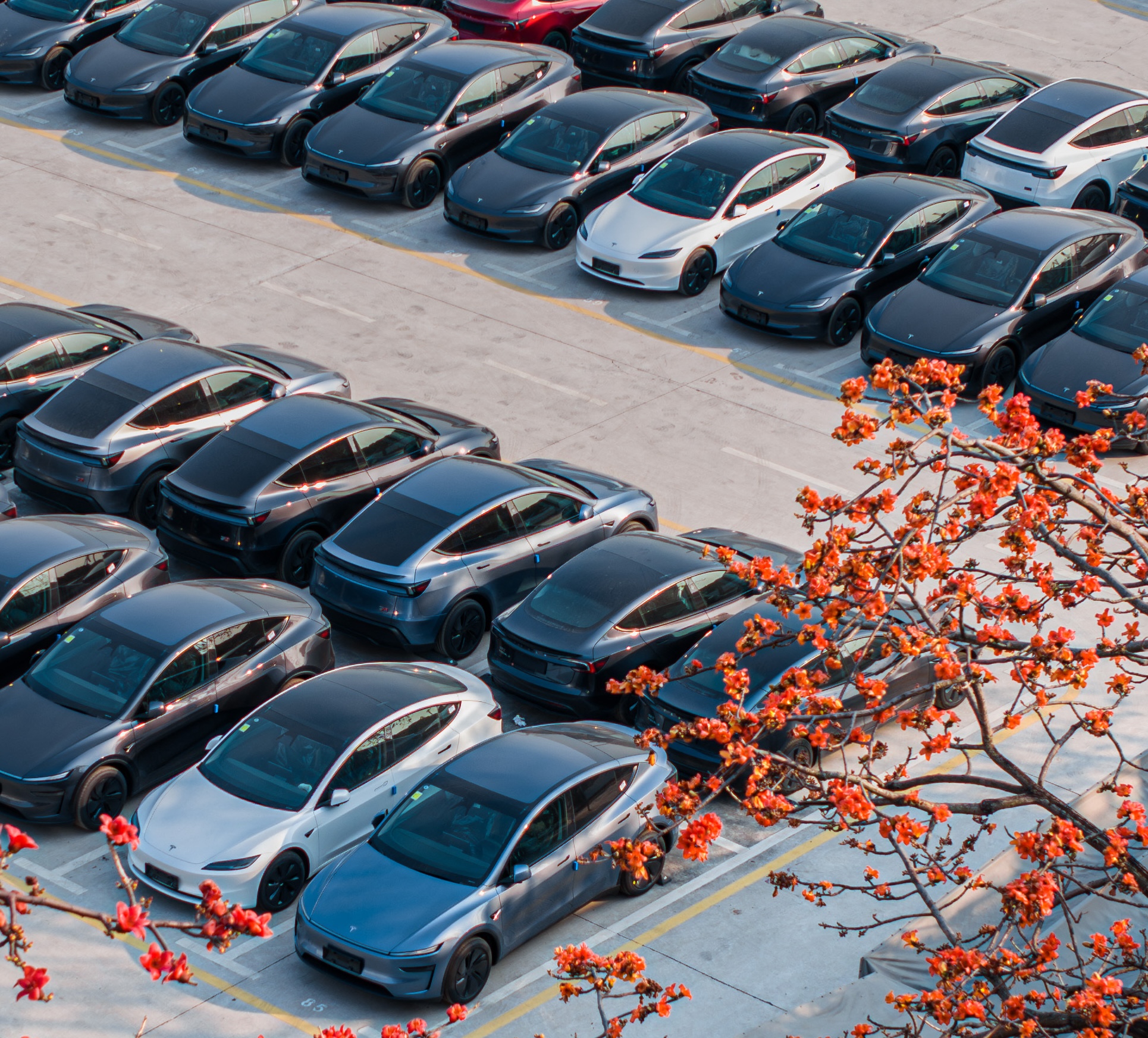
Tesla is dominating in the United Kingdom so far through 2025, and with about two weeks left in the year, the Model Y and Model 3 are leading the way.
The Model Y and Model 3 are the two best-selling electric vehicles in the United Kingdom, which is comprised of England, Scotland, Wales, and Northern Ireland, and it’s not particularly close.
According to data gathered by EU-EVs, the Model Y is sitting at 18,890 units for the year, while the Model 3 is slightly behind with 16,361 sales for the year so far.
The next best-selling EV is the Audi Q4 e-tron at 10,287 units, lagging significantly behind but ahead of other models like the BMW i4 and the Audi Q6 e-tron.
GOOD NEWS 🇬🇧 Tesla is absolutely crushing the UK electric vehicle market in 2025 💥
The numbers are in, and the dominance is clear. With an impressive amount of 42,270 vehicles delivered year-to-date, the brand now commands a solid 9.6% market share of the total auto market 🆒… pic.twitter.com/dkiGX9kzd0
— Ming (@tslaming) December 18, 2025
The Model Y has tasted significant success in the global market, but it has dominated in large markets like Europe and the United States.
For years, it’s been a car that has fit the bill of exactly what consumers need: a perfect combination of luxury, space, and sustainability.
Both vehicles are going to see decreases in sales compared to 2024; the Model Y was the best-selling car last year, but it sold 32,610 units in the UK. Meanwhile, the Model 3 had reached 17,272 units, which will keep it right on par with last year.
Tesla sold 50,090 units in the market last year, and it’s about 8,000 units shy of last year’s pace. It also had a stronger market share last year with 13.2 percent of the sales in the market. With two weeks left in 2025, Tesla has a 9.6 percent market share, leading Volkswagen with 8 percent.
The company likely felt some impact from CEO Elon Musk’s involvement with the Trump administration and, more specifically, his role with DOGE. However, it is worth mentioning that some months saw stronger consumer demand than others. For example, sales were up over 20 percent in February. A 14 percent increase followed this in June.








